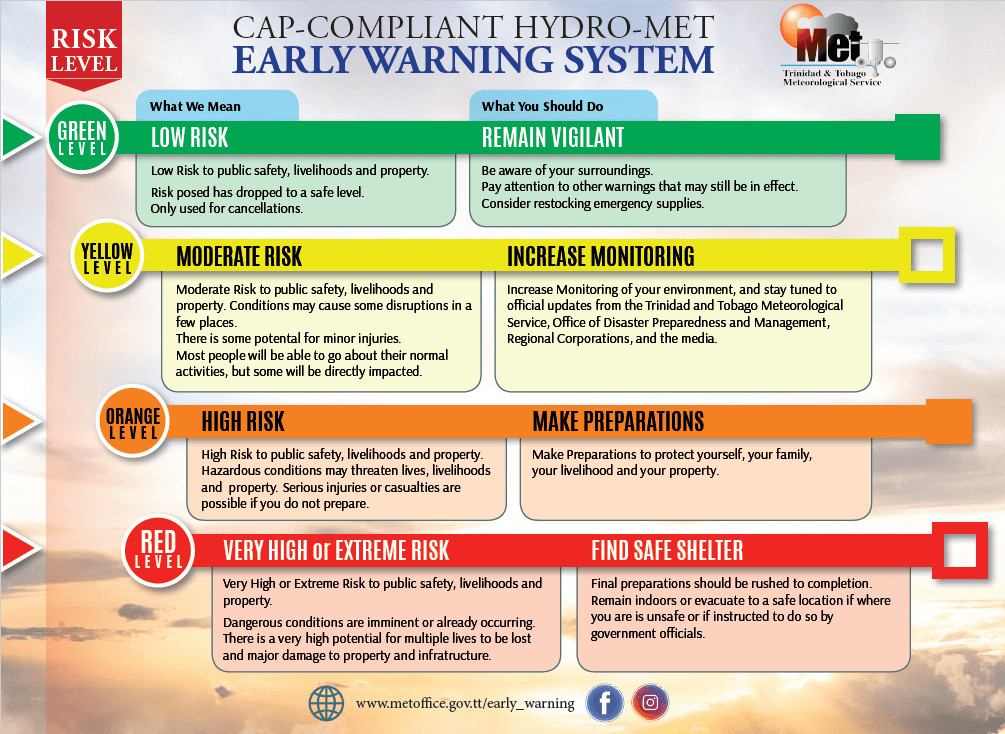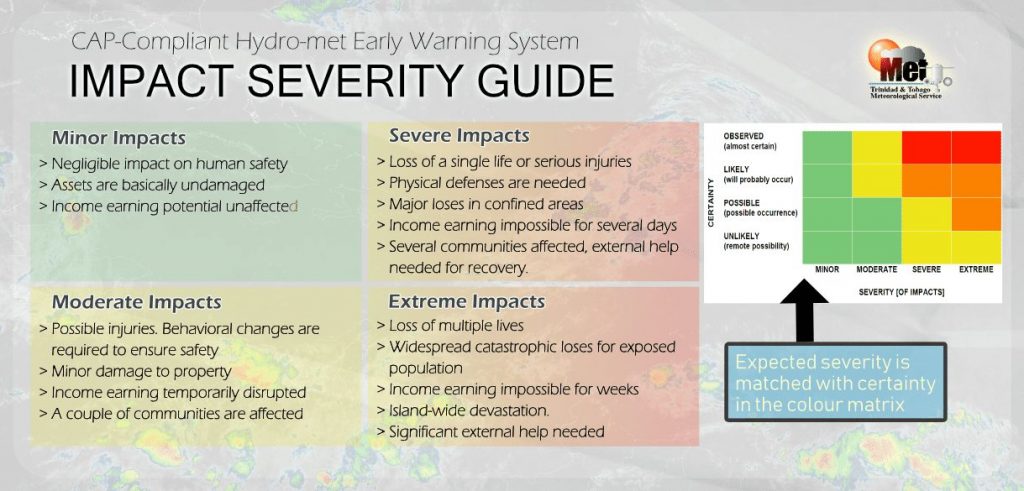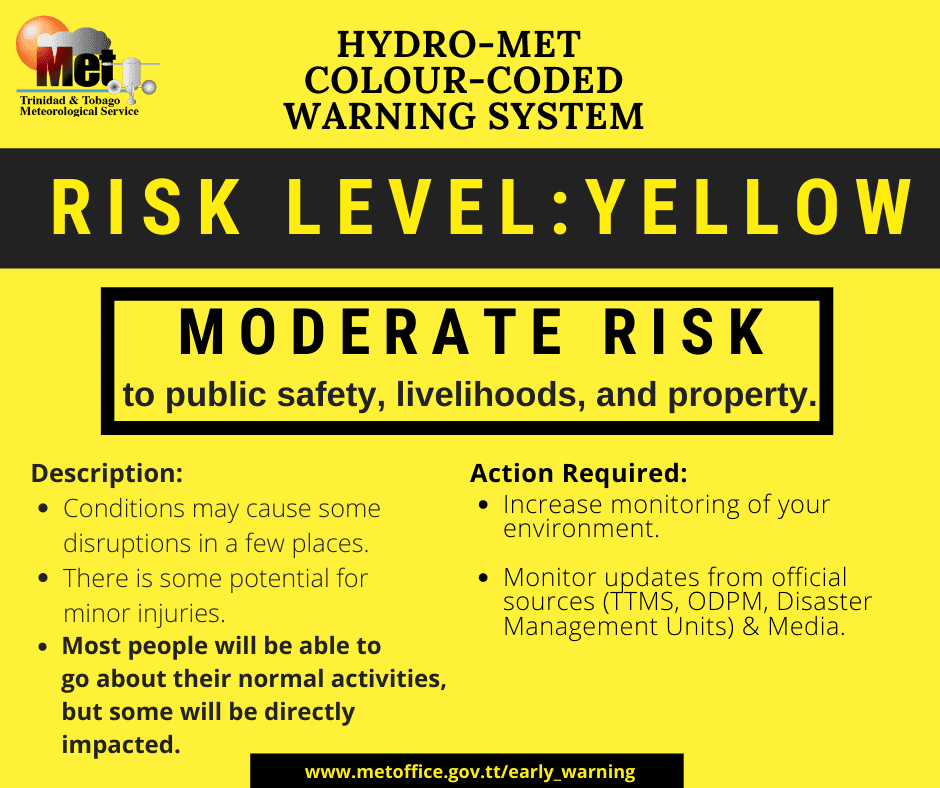According to the Trinidad and Tobago Meteorological Service (TTMS), northerly long-period swells are affecting T&T’s northern coastlines, prompting a Hazardous Seas Alert through Monday.
What you need to know
— What is happening: Long-period swells up to 15 seconds, according to the TTMS, are affecting northern and eastern coastlines, moving in from the north.
— What can we expect: Open water waves are forecast to remain up to 2.0 meters, while swells are forecast to produce occasional large, battering waves in nearshore areas through Monday, according to the alert. However, forecast models show higher-energy swells beginning from Wednesday through the following week. There is an increased risk of rip currents and potentially dangerous conditions for small craft operators.
Latest Alerts
TTMS Issues Adverse Weather Alert For T&T
Trinidad and Tobago is NOT under any tropical storm or hurricane threat, watch, or warning at this time.
The Hazardous Seas Alert
The Trinidad and Tobago Meteorological Service has issued a Hazardous Seas Alert (Yellow Level) on Saturday at 2:13 PM. The alert went into effect for northern and eastern coastal areas of Trinidad and Tobago at 8:00 PM Saturday, March 30th, 2024, and remains in effect through 12:00 PM (noon) Monday, April 1st, 2024.


“North-northeasterly long period swells are expected to affect the coastlines of Trinidad and Tobago. These swells can result in occasional battering waves at coastal regions and can be exacerbated during high tides. Nearshore activities (fishing, sea bathing, mooring of boats, etc.) can be adversely affected,” according to the Trinidad and Tobago Meteorological Service. This “alert” status considers the possibility of the event occurring. This hazardous sea event is likely.

The alert’s color indicates the event’s severity and probability of the event occurring. Currently, the alert level is Yellow. This means that the hazards are likely, and the severity of impacts is moderate for this particular alert.
Strong rip currents are at an increased risk, posing a serious hazard to swimmers and beachgoers. Rip currents can be life-threatening even for experienced swimmers. Agitated seas are likely to be particularly perilous for offshore activities, including fishing and other small craft marine interests. Due to the presence of spring tides, conditions at seawalls along affected coastlines can be exacerbated, especially at high tide.
For a moderate Hazardous Seas Alert, there is the potential for possible injuries, where behavioral changes are required to ensure safety. There may be minor damage to property, with income-earning temporarily disrupted and a couple of communities affected.
The Met Office is advising all marine interests to monitor sea conditions and exercise caution along affected areas. Limit marine activities where possible. Fisherfolk are also advised to take the necessary precautions in securing their vessels.












